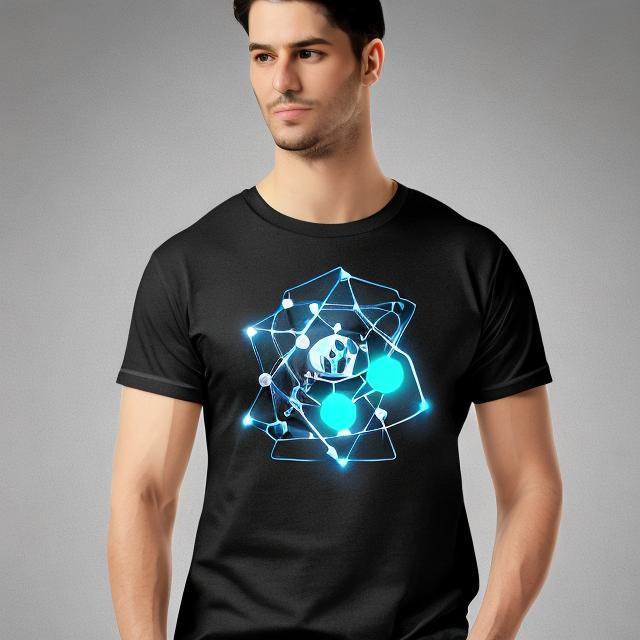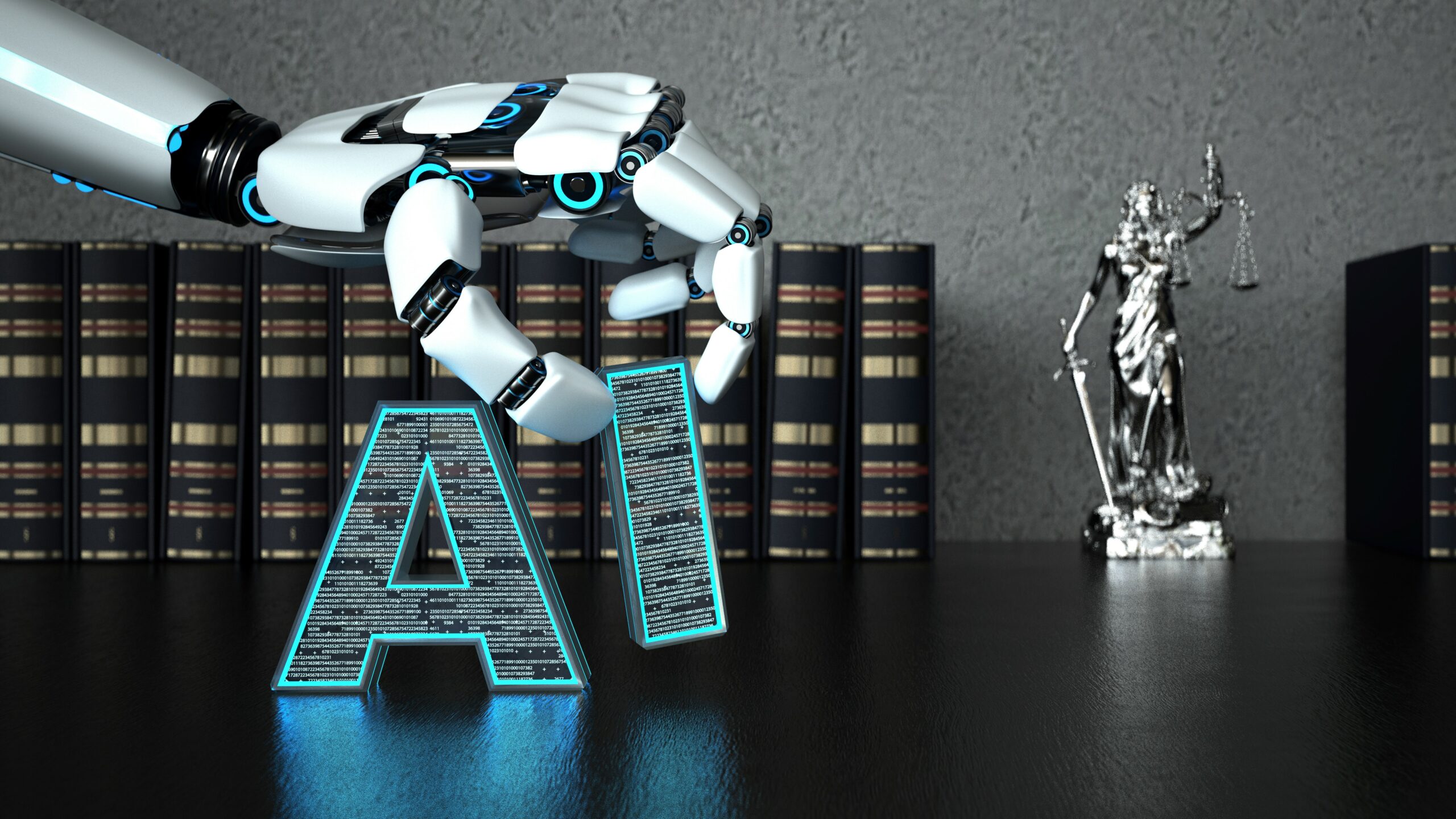 |
| Where AI meets runway: Discover the cutting edge of style. #AIFashion |
Definition of AI fashion designer
AI fashion design is a field that involves using generative artificial intelligence (AI) to create new fashion designs and trends. Generative AI comprises algorithms that can be used to create new content, including audio, code, images, text, simulations, and videos. Generative AI can be used in fashion to create new clothing items, accessories, and even complete collections. It relies on deep learning models that are trained on massive amounts of data to generate realistic images, patterns, and designs that are indistinguishable from human-created ones.
AI fashion designers can help fashion brands produce and sell designs faster, sell them more efficiently, and improve the customer experience. They can input all forms of “unstructured” data raw text, images, and video and output new forms of media, ranging from fully-written scripts to 3-D designs and realistic virtual models for video campaigns.
Some of the most promising use cases for generative AI in fashion include product innovation, marketing, and sales and customer experience. Fashion designers are using generative AI tools from companies like Cala, Designovel and Fashable to generate new ideas and try out different design variations without making expensive samples. This helps them speed up their design processes significantly.
 |
| Defining the Future: Exploring the Role and Impact of AI in Fashion Design. 🤖👗 #AIFashionDesigner |
How does generative AI work in fashion design?
Generative AI in fashion design is a process that involves using algorithms to create new designs and patterns. It is a rapidly growing field that has the potential to revolutionize the fashion industry. Generative AI comprises algorithms that can be used to create new content, including audio, code, images, text, simulations, and videos. Generative AI can be used in fashion to create new clothing items, accessories, and even complete collections. It relies on deep learning models that are trained on massive amounts of data to generate realistic images, patterns, and designs that are indistinguishable from human-created ones.
Generative AI enables fashion designers to input their desired parameters and constraints into the algorithm, such as the desired aesthetic, materials, and target market. The AI algorithm uses the parameters to create new fashion designs, which opens up endless creative possibilities for designers.
The technology can input all forms of “unstructured” data—raw text, images, and video—and output new forms of media, ranging from fully-written scripts to 3-D designs and realistic virtual models for video campaigns.
Some of the most promising use cases for generative AI in fashion include product innovation, marketing, and sales and customer experience.
As generative AI continues to evolve, we can expect to see more and more designers using this technology to create new and innovative designs.
 |
| Peek behind the curtain: witness the magic of the creative process in action. 🎨✨ #CreativeUnveiled |
What are some benefits of using AI in fashion design?
AI fashion design has the potential to revolutionize the fashion industry by providing a range of benefits. Here are some benefits of using AI in fashion design:
Efficiency: Generative AI can help fashion designers speed up their design processes by automating tasks like pattern generation, color selection and fabric matching. This results in significant savings in time and effort.
Creativity Enhancement: AI tools offer innovative suggestions, inspiring designers with new ideas and unconventional combinations they might not have considered.
Improved Customer Experience: AI can help fashion brands produce and sell designs faster, sell them more efficiently, and improve the customer experience.
Reduced Risk: With AI algorithms predicting trends and analyzing customer preferences, fashion businesses can create designs that are more likely to be popular with their target market and reduce the risk of producing designs that don’t sell.
Product Innovation: Generative AI can be used to design new garments, accessories, and even entire collections, opening up endless creative possibilities for designers.
Predicting trends with precision
In the fast-paced world of fashion, predicting trends is an invaluable asset. AI fashion designers excel in this field, as they can process vast amounts of data from social media, runway shows and consumer behavior to predict upcoming trends. By identifying patterns and correlations that may escape human observation, these systems enable fashion brands to stay ahead of the curve and deliver on what consumers want.
 |
| Ai Traditional Design |
Customization and Personalization
AI-powered fashion doesn't stop at predicting trends; It extends to tailoring designs according to individual preferences. By analyzing a person's clothing preferences, body type and lifestyle, AI fashion designers can generate personalized recommendations. This level of customization enhances the customer's shopping experience and encourages a deeper connection between fashion and identity.
What are some examples of AI fashion designers?
AI fashion design is a rapidly growing field that has the potential to revolutionize the fashion industry. Below are some examples of AI fashion designers:
Revolve and Maison Meta: They teamed up for the first AI Fashion Week in April 2023. The online retailer turned garments from the top three collections submitted to a design competition that ran during the fashion week’s proceedings into physical products. The initial release included 10 to 12 pieces from each of the winners, ranging from a $1,598 pleated taffeta dress to a $228 one-shouldered top. All were designed with generative artificial intelligence and manufactured by Revolve.
Cala: It is a tech company that provides a platform for fashion designers to create and sell their designs. Cala uses generative AI to help designers create new designs and try out different variations without having to produce expensive samples. It also helps them to vastly accelerate their processes.
Designovel: It is a fashion tech startup that uses generative AI to create new designs and patterns. Designovel’s AI algorithms can generate thousands of unique designs in a matter of minutes, which can then be used to create new garments and accessories.
Fashable: It is a fashion tech startup that uses generative AI to create new designs and patterns. Fashable’s AI algorithms can generate thousands of unique designs in a matter of minutes, which can then be used to create new garments and accessories.
Lalaland: It is a fashion tech startup that uses generative AI to create realistic virtual models for video campaigns. Lalaland’s AI algorithms can generate realistic 3D models of human bodies that can be used to showcase clothing and accessories in video campaigns.
These are just a few examples of the many AI fashion designers that are emerging in the fashion industry. As generative AI continues to evolve, we can expect to see more and more designers using this technology to create new and innovative designs.
Fashion sustainability
AI is also important in tackling one of the fashion designer industry's most difficult challenges: sustainability. AI can help to reduce waste and the environmental effects of fashion by optimising the usage of resources and production processes. Furthermore, by supporting ethical and ecologically beneficial practises, these platforms may assist firms in making educated decisions regarding products and manufacturing techniques.
 |
| Ai Design |
Can you tell me more about the first AI Fashion Week?
The first AI Fashion Week was held in April 2023 at Soho’s Spring Studios in New York City. The event was organized by Maison Meta, a creative studio that specializes in AI-generated content, and e-commerce retailer Revolve Group. The event showcased collections from emerging AI designers and aimed to promote AI as a tool for fashion design, supporting new designers working with the still-nascent technology.
Participants submitted a collection of 15 to 30 looks, which were judged by the public via online and in-person voting, promoted on the social media channels of AI Fashion Week The collection is promoted through AI Fashion Week (AIFW), Spring Studio and Revolve's vast influencer network. More than 350 submissions were received, and ten finalists proceeded to round two in May, with three winners selected by a panel of judges. The winners’ garments were produced physically and sold online, either via Revolve or Fwrd, Revolve’s luxury site, depending on the garments.
The event was specifically designed to bridge the physical and the digital, and it showcased the potential of AI in fashion design. It demonstrated how AI can be incorporated into existing workflows and identify new talent in the process. The event was a significant leap forward for the fashion industry, and it will be exciting to see how AI continues to shape the future of fashion design.
Runway challenges
While the integration of AI into fashion design offers immense possibilities, it is not without its challenges. Critics argue that over-reliance on AI can stifle human creativity and result in a homogenous aesthetic. Striking the right balance between AI-generated design and human innovation is a topic of ongoing debate in the industry.
Ethical considerations
As AI fashion designers become more prominent, ethical concerns are coming to the fore. AI-generated design requires attention to issues such as intellectual property rights, data privacy, and transparency in algorithmic decision-making. The fashion industry must address these challenges to ensure that AI is a force for good and not a cause of controversy.
 |
| Simple T-shirt Design |
What is the future of fashion AI?
The future of fashion AI is bright and promising. According to a report by McKinsey & Company, generative AI could add between $150 and $275 billion to the fashion, apparel, and luxury sectors in the next three to five years.
AI is set to inject greater inclusivity, sustainability, and creativity into the fashion industry. AI has a wide-ranging impact on the fashion industry, spanning from personalized styling and optimizing supply chains to AI-powered design and creativity.
AI unlocks new potentials in this data-driven era, enhancing efficiency, elevating customer experiences, and championing sustainability.
As generative AI continues to evolve, we can expect to see more and more designers using this technology to create new and innovative designs. The future of fashion AI is exciting, and it will be fascinating to see how AI continues to shape the fashion industry in the coming years.
Conclusion
The world of fashion is embracing the power of artificial intelligence with open arms. AI Fashion Designer is not replacing human creativity but enhancing it by providing novel perspectives, predicting trends and facilitating customization. As the industry navigates the challenges and ethical considerations, the fusion of technology and style is sure to reshape the fashion world for years to come. So, whether it's predicting the next big trend or creating personalized designs, AI fashion designers are here to stay, shaping the future where technology and fashion go hand in hand.







.png)




0 comments:
Post a Comment